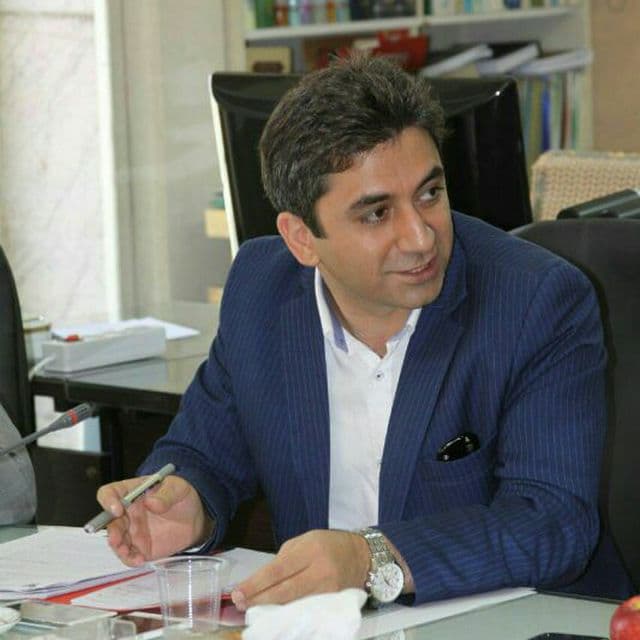Passive seismic velocity tomography on longwall mining panel based on simultaneous iterative reconstructive technique (SIRT)
Mining operation, especially underground coal mining, always has the remarkable risks of ground control. Passive seismic velocity tomography based on simultaneous iterative reconstructive technique (SIRT) inversion is used to deduce the stress redistribution around the longwall mining panel. The mining-induced microseismic events were recorded by mounting an array of receivers on the surface, above the active panel. After processing and filtering the seismic data, the three-dimensional tomography images of the p-wave velocity variations by SIRT passive seismic velocity tomography were provided. To display the velocity changes on coal seam level and subsequently to infer the stress redistribution, these three-dimensional tomograms into the coal seam level were sliced. In addition, the boundary element method (BEM) was used to simulate the stress redistribution. The results show that the inferred stresses from the passive seismic tomograms are conformed to numerical models and theoretical concept of the stress redistribution around the longwall panel. In velocity tomograms, the main zones of the stress redistribution around the panel, including front and side abutment pressures, and gob stress are obvious and also the movement of stress zones along the face advancement is evident. Moreover, the effect of the advance rate of the face on the stress redistribution is demonstrated in tomography images. The research result proves that the SIRT passive seismic velocity tomography has an ultimate potential for monitoring the changes of stress redistribution around the longwall mining panel continuously and subsequently to improve safety of mining operations.
